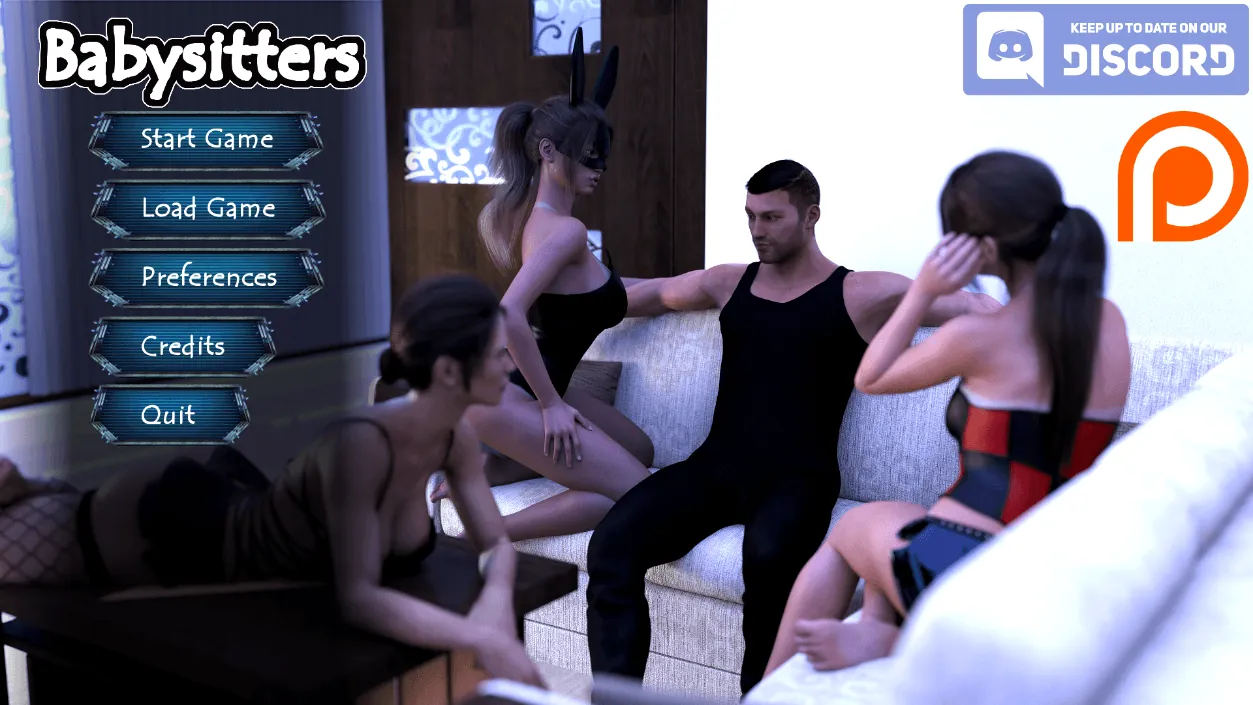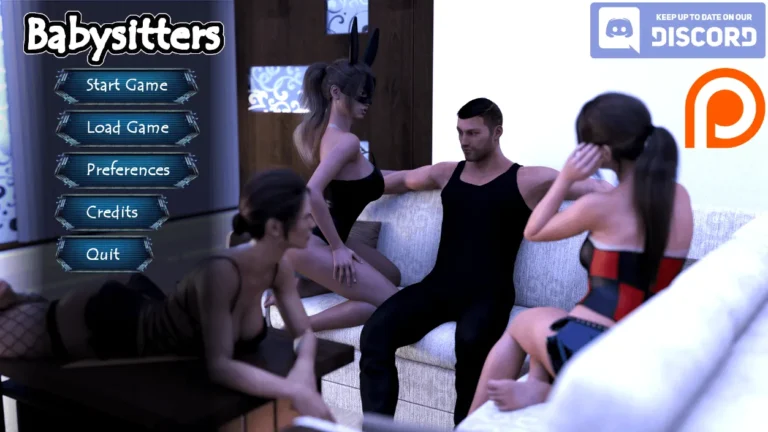
Babysitters
Play Babysitters
Babysitters review
A Deep Dive into the Adult Interactive Experience
The ‘Babysitters’ game offers a unique blend of interactive storytelling and adult themes, captivating players with its engaging narrative and character development. This article delves into the game’s mechanics, key characters, and the strategic choices that shape the player’s experience.
Understanding the Gameplay
Game Mechanics and Interactivity
Let’s cut straight to the chase: Babysitters game mechanics are what make this adult interactive experience feel like a living, breathing world 🎮. Unlike traditional games where you just mash buttons, here you’re shaping relationships through dialogue trees, timed decisions, and resource management. Picture this: you’re juggling babysitting duties while navigating delicate conversations, and one wrong reply could tank your trust meter with a character. I learned this the hard way when I accidentally insulted Emma’s cooking skills—let’s just say she gave me the cold shoulder for three in-game days 😬.
The magic lies in how interactive storytelling blends with tactile actions. You’ll drag items to solve puzzles (like hiding “evidence” before parents come home) or use a point-and-click interface to explore environments. Pro tip: Always check drawers during free-roam segments—you’ll find clues that unlock secret story branches! For adult interactive games, this level of immersion is game-changing. You’re not just watching; you’re orchestrating every flirtatious glance or tense confrontation 🔥.
Here’s a quick cheat sheet for core mechanics:
| Mechanic | How It Works | Player Impact |
|---|---|---|
| Dialogue Choices | Select responses with timers | Builds affinity or triggers conflicts |
| Trust System | Gauge character mood via icons | Unlocks intimate scenes or story paths |
| Task Minigames | Quick puzzles (e.g., mixing drinks) | Boosts rewards or avoids penalties |
Character Relationships and Development
Character development in games rarely feels this human 🤝. In Babysitters, every persona has layers—like Sarah, who starts as a shy college student but reveals trauma through subtle cues if you earn her trust. Their backstories unfold through optional chats, and man, does it pay off! Once, I spent extra time listening to Mike’s band struggles, which later let me persuade him to help me during a crisis. That’s the beauty: relationships aren’t just stats; they’re emotional investments 💔❤️🔥.
Building these bonds relies on Babysitters game mechanics tied to personality traits. For example:
– Empathy-driven choices: Comforting a character after a bad date boosts their loyalty.
– Conflict resolution: Picking sides in arguments alters group dynamics.
– Gift-giving: Remembering a character’s favorite snack (check your in-game journal!) speeds up rapport.
🚨 Hot take: Ignoring side characters is a rookie mistake. I skipped bonding with the neighbor once and missed a key alibi later!
Adult interactive games often reduce NPCs to props, but here, their growth mirrors your influence. Flirt too aggressively early on? Some shut down. Support them authentically? They’ll share game-altering secrets 🤫.
Strategic Choices and Consequences
Player choice and consequence isn’t just a buzzword here—it’s the spine of the experience 🦴. Every decision ripples across the narrative, from tiny lies (“No, I didn’t break that vase!”) to moral dilemmas like covering up a character’s mistake. One of my playthroughs imploded because I prioritized romance over responsibility; the ending was… messy.
Let’s break down a pivotal scenario:
The Pool Party Incident 🌊
Mid-game, you find underage drinking at a party you’re supervising. Choices:
– Confiscate the alcohol (lose popularity but gain parental trust)
– Look the other way (boost likability but risk future consequences)
– Join them (unlock an “adult” scene but nuke your reputation)I chose option one, thinking I’d play it safe. Big mistake! The teens held a grudge and sabotaged my car later. Meanwhile, a friend who picked option three got blackmailed. That’s interactive storytelling at its best—no right answers, just authentic fallout 😮💨.
Babysitters game mechanics ensure choices weigh heavily via:
– Pathway branching: 12+ endings based on cumulative decisions.
– Karma system: “Responsibility” vs. “Indulgence” meters affecting event access.
– Butterfly effects: Seemingly minor acts (e.g., reading a character’s diary) resurface hours later.
For adult interactive games, this depth is rare. You’ll replay just to see how one altered line of dialogue shifts an entire relationship—trust me, it’s addictive 🔁.
Wrapping It Up
Mastering Babysitters game mechanics means embracing unpredictability. Whether you’re optimizing character development in games through heartfelt talks or sweating over player choice and consequence during crises, every action writes your unique story. My advice? Save often, talk to everyone, and own your mistakes—sometimes the juiciest drama comes from epic fails 🙌. After all, in this world of interactive storytelling, perfection is boring. Now go break some virtual hearts! 💘
In conclusion, the ‘Babysitters’ game offers a rich and immersive experience for players, combining engaging narratives with interactive elements that allow for deep character development. By understanding the game’s mechanics and strategic choices, players can maximize their enjoyment and explore the full depth of the game’s storylines.














